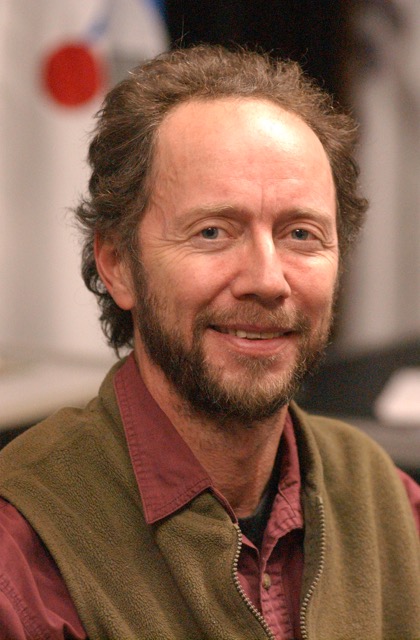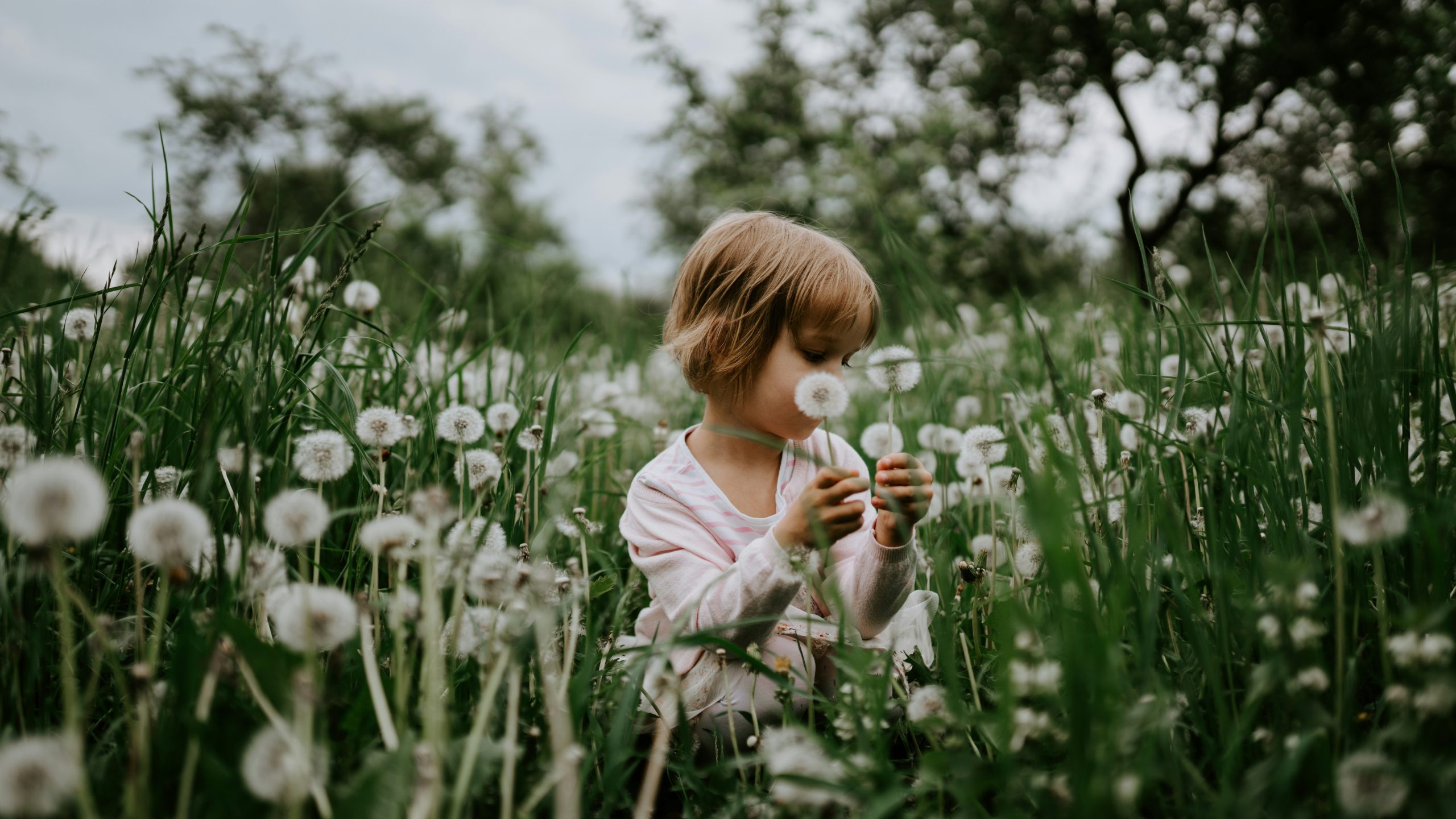In this age of materialism and reductionism, it isn’t just the land that has been broken but our relationship with it. In Braiding Sweetgrass, Indigenous scientist and author Robin Wall Kimmerer stresses that one of our responsibilities is to find ways to enter into reciprocity with the more-than-human world. Without a true connection to place, we cannot fully relate to Nature. Restoring land without restoring our relationship to it, therefore, becomes an empty exercise. Kimmerer likens this reconnection to “medicine for the earth,” explaining that connecting people and the landscape is as essential as restoring ecosystems or removing contaminants.
“Traditional knowledge (like scientific information) arises from careful systematic observation of Nature, from the results of innumerable lived experiments. Traditional knowledge is rooted in intimacy with a local landscape where the land itself is the teacher… to the attentive observer, plants reveal their gifts… The sanitized suburban life has succeeded in separating us from the plants that sustain us… Most people have lost the ability to read the role of a medicine plant from the landscape… The average person knows less than a dozen plants… Losing their names is a step in losing respect… knowing their names is the first step in regaining our connection (to the web of reciprocity).”
Wall Kimmerer argues that we cannot continue to sit inside suburban sprawls or academic halls and expect to heal the world. We must (re)learn how to live in the real world, in Nature.
American poet Gary Snyder described the impact on the natural environment—the nonhuman realms of watersheds and ecosystems—as a “war against Nature.” Many people know this; we hear how vast areas of the Amazon rainforest are destroyed each hour, how industrial forest companies reduce boreal forests essential for woodland caribou survival in Canada, and how wild salmon populations are disappearing due to proliferating salmon farms. While signing petitions or donating to environmental causes helps, people often feel overwhelmed. Western culture has become numb, having forgotten our relationship with Nature. While buying organic, using certified forest products, and recycling are all positive steps, Kimmerer argues that the relationship to place goes beyond these actions. It involves “relating” in a real way to Nature, caring for the land as if our lives and those of future generations depend on it, as the concept of “all my relations” implies. Capitalism’s sole purpose is profit, and it often treats Nature as a resource to be exploited. Many species face extinction or endangerment directly due to this exploitation, with even indirect causes, like contamination, rooted in corporate profit motives.
Zita Cobb, founder of Shorefast, a social enterprise in Newfoundland, argues that we are losing touch with the sacred because everything has been commoditized, virtualized, globalized, and flattened. Humans, she notes, love their technologies yet are “becoming dumber and dumber all the time, our worlds are shrinking into this binary over-intellectualized digital world.” She warns, “If we spend increasing amounts of time on little screens getting our information, we’re becoming dumb… We are not using all the faculties human beings have; our skin knows stuff if we give it a chance… We are losing our capacity to interact with each other and the natural world… We need to get out in it and get mixed-up in it…a good gale of wind helps with that… Lose rural places (culture) and we lose essential knowledge.” Cobb argues that capitalism has played a significant role in eroding cultural and natural environments in rural Newfoundland. She describes Nature and culture as the twin pillars of sustainability, explaining that it’s about our relationship to Nature. “The challenge is to reach out while holding on; fostering change that protects and preserves.”
Cobb calls us to rally against a world where everything and everyone appears the same. As we lose touch with Nature, we lose the sacred. Wall Kimmerer adds that, for the sake of both people and the land, it may be necessary to set aside the colonial mindset (western culture) and instead become Indigenous to place. To be “naturalized to place” is to live as if the land truly sustains you—the springs feed you, the earth builds your body and fills your spirit, and your ancestors lie in this soil. When humans can combine the lessons from Nature with the strengths of our minds, we can discover new things beneficial for generations to come. This understanding forms the mythic roots of native science, medicine, architecture, agriculture, and ecological knowledge. Practicing science with awe and humility becomes a powerful act of reciprocity with the more-than-human world. By honouring the wisdom of the land and its keepers, we start to become Indigenous to place. A historic Indigenous leader once said, “If someone stays in one place long enough, even white man, sooner or later the place will talk to him.”
It is essential to understand the deep roots of materialism and the scientific reductionist worldview. In Europe, the Roman Empire systematically subjugated northern Indigenous tribes, developing a structured military to enforce its rule. Roman invasions and Christianization denounced and dismantled Indigenous ways of understanding and venerating Nature. This marked the beginning of capitalism, the rule of big government, and taxation. Later, the “nations” that emerged from this conquest set their sights on the “New World,” where more resources and Indigenous peoples were exploited. Now, no corner of the earth is untouched by the paradigm of economic growth, a force that consumes natural resources in pursuit of profit, particularly under globalization, which is the antithesis of culture and place.
A further delusion within scientific reductionism is the belief that humans can not only control Nature but also improve it. This belief is evident when industrial foresters claim they are “improving” forests through clear-cutting or thinning “overstocked” stands, or fish scientists assert that rivers are “overstocked” with salmon. Japanese sage Masanobu Fukuoka says, “to believe that through his inventions and technologies man is superior to Nature is an illusion.” Every atom in our bodies comes from and returns to Nature, whether we live in the taiga or an urban high-rise. Yet, while we drive oil-powered cars, we convince ourselves that recycling containers makes us “green.” In reality, a single car driving 100 km uses more oxygen than a human requires for a year. Many families own multiple vehicles, not to mention recreational ones. The Western world is now controlled by corporate interests more than governments, with decisions such as reversing salmon farm bans often swayed by corporate lawyers. In the materialistic world, there is no sacred—only employment and profit.
So, how can humanity find a way forward, harmonizing its presence on earth? Kimmerer reminds us that we are bound by a covenant of reciprocity: plant breath for animal breath. If we had taken only what Nature offers and given back in return, we would not face today’s environmental crises. It’s our turn now, long overdue. As Mahatma Gandhi said, “You cannot control the world but you can control the way you take yourself out into the world.”

About the Author
Dr. Ian Goudie is the Scientific and Resource Management Advisor to FANE and president of the Tree of Life Sustainability Project Inc., a not-for-profit social enterprise in Salmonier, St. Mary’s Bay, NL, Canada.

